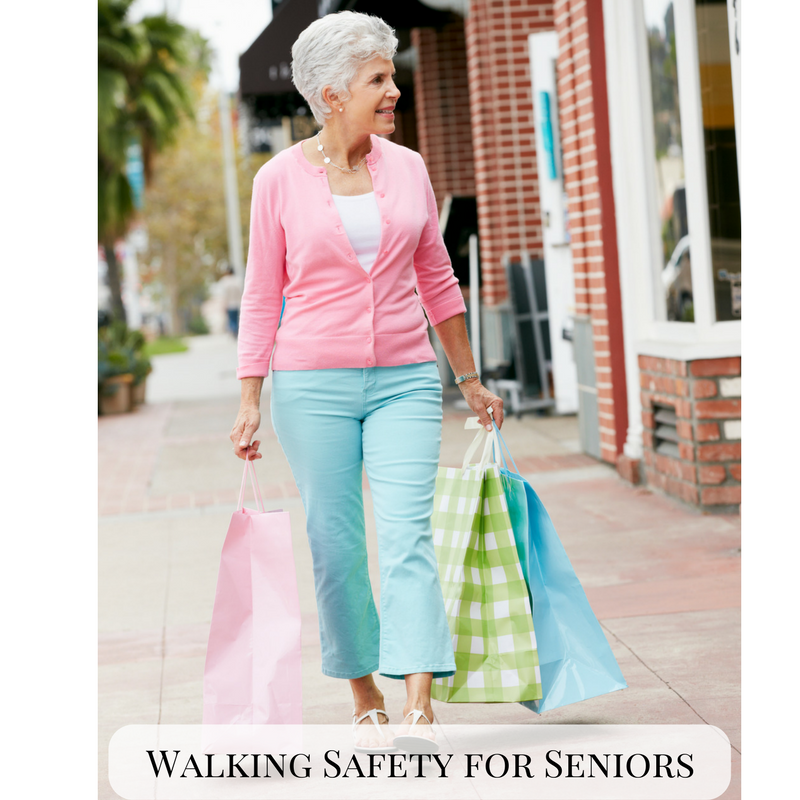A recent article on curbed.com brings attention to the issue of walkability for our growing older adult population. Older adults surveyed by A Place for Mom said that it was important for them to live in a walkable neighborhood.
But in many communities being able to do so safely is an issue of design. The traditional multi-generational communities that the survey also showed older adults preferred are not always age friendly and need to do some more work on road safety. Some of the issues identified in a Transportation Alternatives, Safe Routes for seniors article are: pavement is uneven and there are obstacles that could lead to tripping, seniors are unable to cross with the walk cycle, and cars do not stop for seniors walking in the crosswalk. Because of these design issues, many seniors find themselves isolated because they don’t feel safe going out, walking or biking. And their fear is not unfounded, an NJ State police report shows that in 2016, 166 pedestrians lost their lives, and 44 of them were 65 and older.
In some communities, like ours, there are car services available for seniors such as our Ride Provide program and the Princeton Crosstown Service. These help seniors get to a doctor appointment and do their grocery shopping, and socialize. And while this is a great service, seniors should be able to just go out for a casual walk in their community without worrying about tripping or being able to cross the street. After all leading an active lifestyle improves their quality of life.
So how can we make that possible? The Safe Routes for Seniors intiative had the following recommendations:
- Make streets flat and have smooth transitions to the curb
- Install shelters and benches at bus stops
- Create wide median refuge area with benches and shelters on wide streets
- Extend crosswalk
- Add more pedestrian space
- Drivers should be required to stop 15 feet from a junction
Given the fact that more and more seniors want to continue living in their communities, making these changes would make that possible.
Regardless of whether such accommodations are available, seniors who want to go out for a walk should always keep in mind the following safety tips:
- Use paths and sidewalks when available
- Plan your routes so you have crosswalks and crossing signals
- If you can’t tell how much time you have to cross the street, wait for one light cycle and cross when you get a “fresh green”
- When crossing the street look right, left, and right again
- Look for traffic even if you are crossing with the light
- When crossing, pay extra attention at the curb, drivers may not be able to see you until you are on the roadway
- Be careful in parking lots, look for backup lights and engine noise
- Wear bright clothes
- Walk with a friend so you can watch for each other
And drivers can also help make our communities safer for pedestrians no matter their age by following these practices:
- Follow posted speed limits
- Lookout for pedestrians and stop at crosswalks
- Look for pedestrians before you back out of alleyways and parking lots
- Do not pass vehicles stopped at a crosswalk
- Do not drive while intoxicated
These small changes can help make our communities more accessible to seniors, more “age friendly,” and safer for everyone.
Sources:
https://one.nhtsa.gov/people/injury/olddrive/SteppingOut/getting_started_safely.html
https://www.transalt.org/files/news/reports/2009/Safe_Routes_for_Seniors.pdf
https://www.transalt.org/issues/pedestrian/safeseniors
http://exchange.aaa.com/safety/pedestrian-safety/tips-pedestrian-safety/
https://www.curbed.com/2017/7/25/16025388/senior-living-walkability-survey

